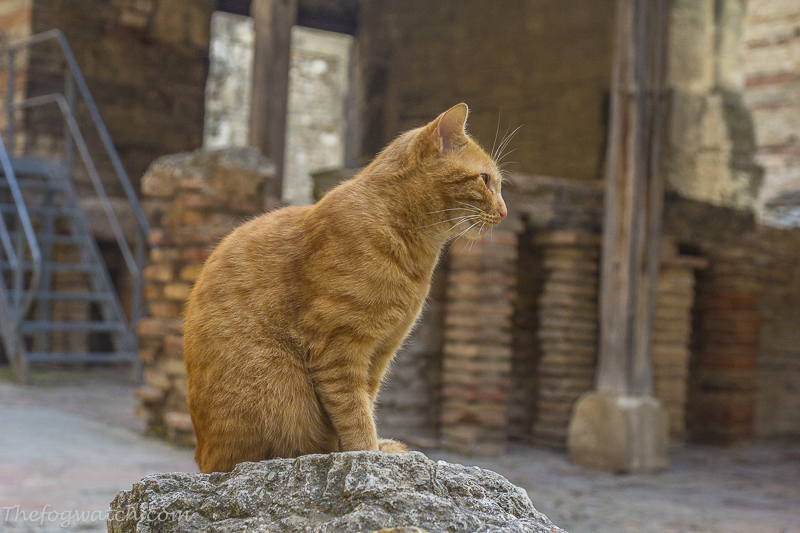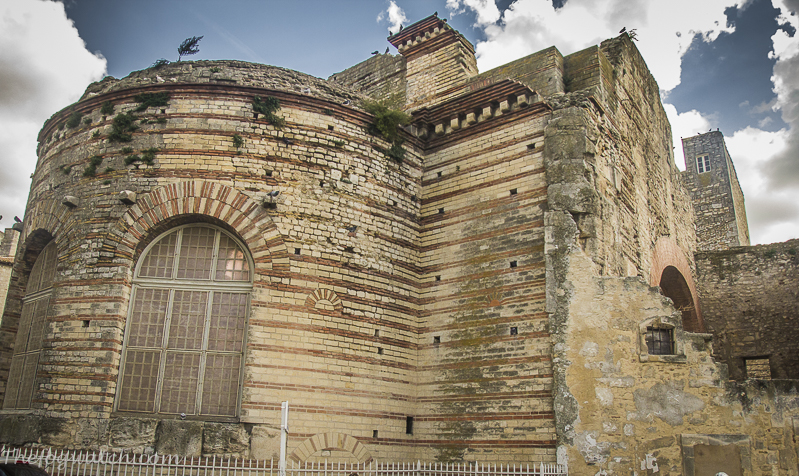
The extensive remains of the Roman Baths (thermae) in Arles in the south of France – built during the 4th Century AD under Emperor Constantine – give an insight into how the Romanised Gauls lived – taking on many aspects of Roman culture. Regular bathing was was practiced across all classes. While the wealthy Romans had small bath houses built into their mansions, the public ones saw people socialising, exercising and maintaining a habit of cleanliness.
People went to bathe and socialise before their evening meal – much as we might socialise at a gym or bar after work. The entrance was free or cheap – and depending on the time, men and women had separate bathing times or they bathed together depending on the fashion of the day. Of course some baths had a reputation for illicit behaviour or bacteria infested waters – Seneca, who lived in an apartment over a bath house railed against the noise, smell and behaviour of the clientelle. But they were clearly not all like that or they would not have become such a central part of Roman life.
The water for the Thermae at Arles came from the Alpilles mountain chain – a low mountain range in Provence about 20km south of Avignon, and was brought to the town via an aqueduct. The water was then fed into a tank which supplied the town through lead pipes.
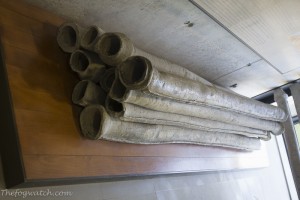
The building is divided into several sections, with a central courtyard for people to relax or take exercise – perhaps like a modern gym. There were change rooms with closet space for your clothes (apodyterium). Then you could alternate between a hot room (caldarium), a warm room (tepidarium) and a cold bath (frigidarium). Romans believed you would gain health and cleanliness from progressing from one to the other.
The hot room was heated by an under-floor heating system (hypocaust) – the remains of which can be seen today.
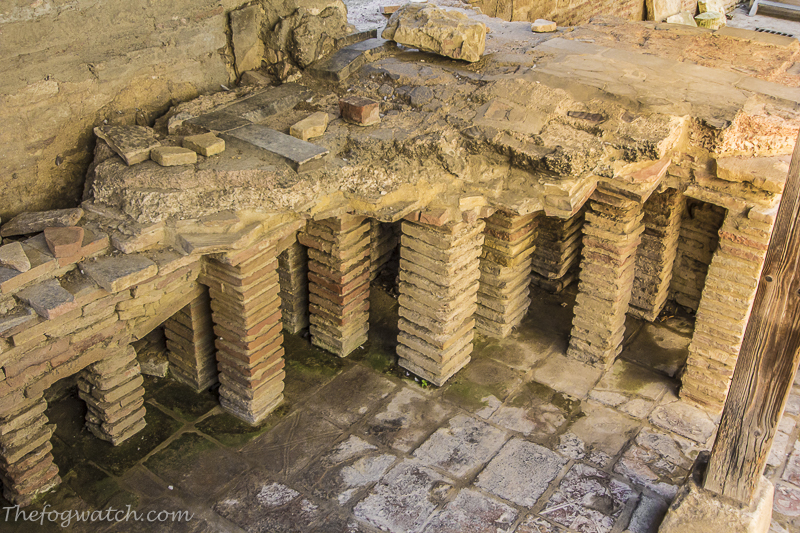
This was a bit like a sauna, and the idea was to sweat out the impurities and be scraped down with a curved metal strap called a strigil. You would then cool off in the frigidarium to close the pores, and the tepidarium would be a relaxing point, perhaps for a massage and the application of scented oils.
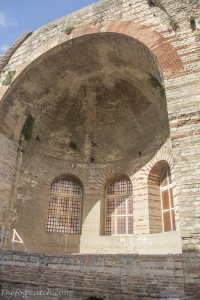
Once clean it was time to head home to eat.
Today, we also find it important to look after the body and the mind. Cleanliness is said, after all, to be next to godliness. It is also associated with good health and living a good and civilised life. It certainly feels that way to share a moment with the ancient Romans in Arles, before heading around the corner for a pasta and wine (avec baguette naturellement). They were not unlike ourselves all those years ago…
The Roman baths at Arles are on the UNESCO Word Heritage list. They are open daily. A €9 ticket allows entry to this site plus four other Arles sites.
You can have these posts delivered to your in-box by hitting the ‘subscribe button to your left 🙂

